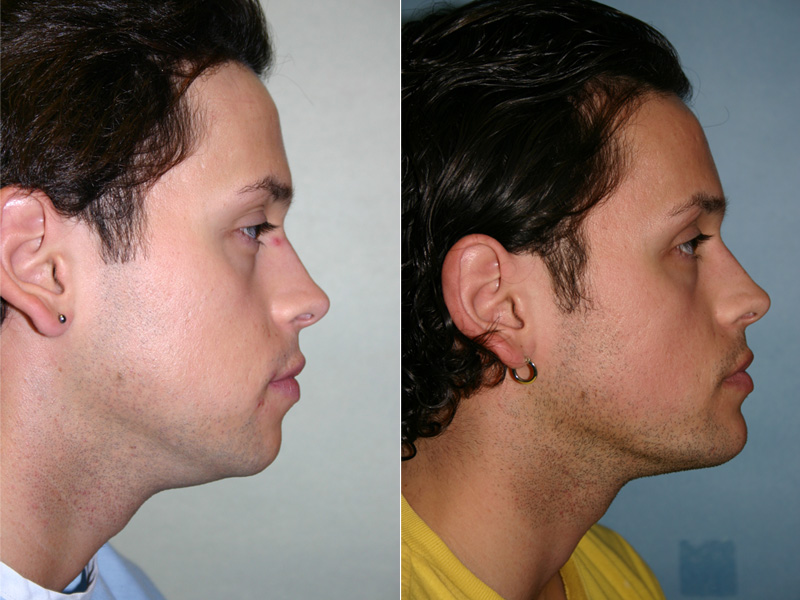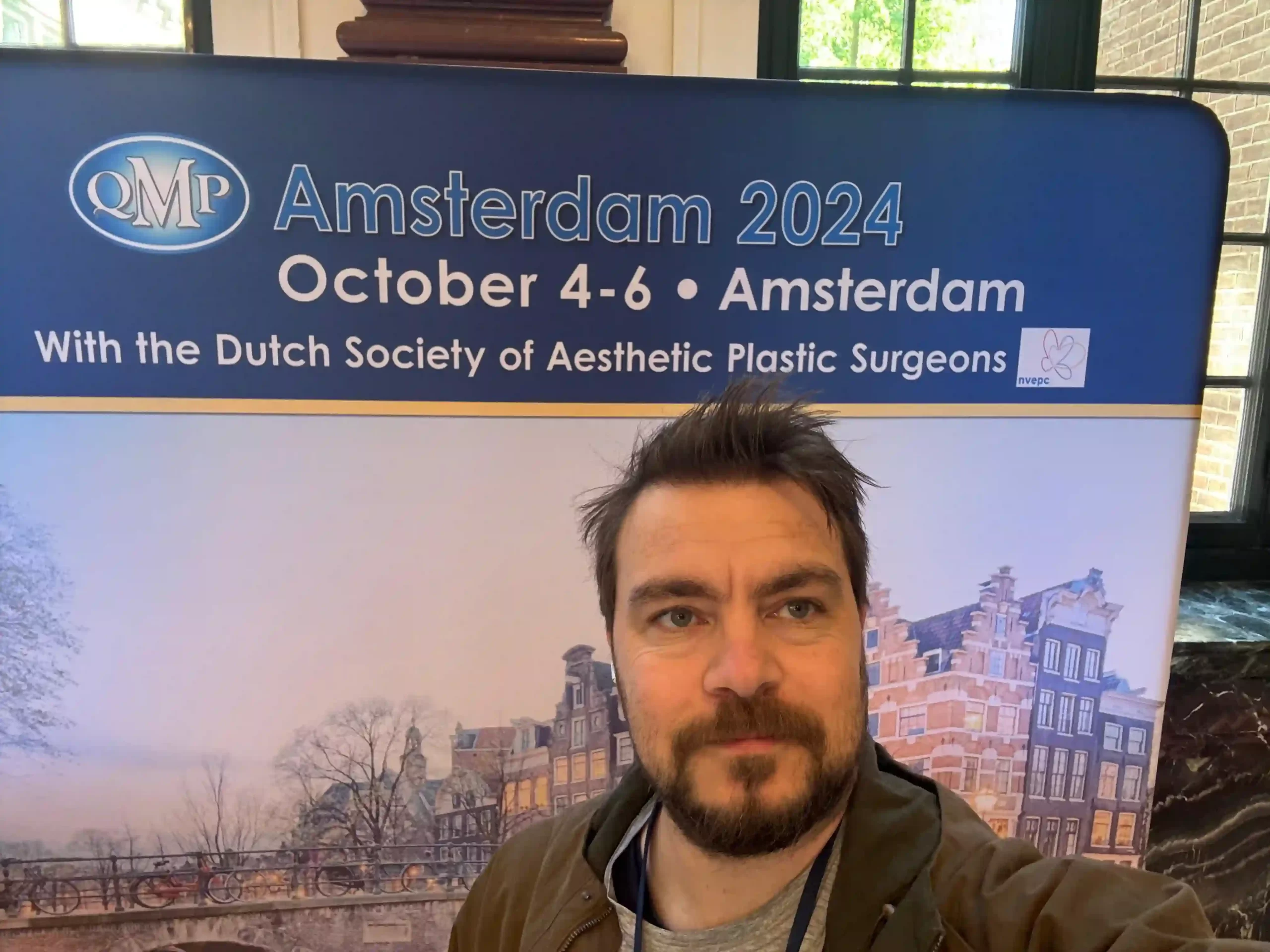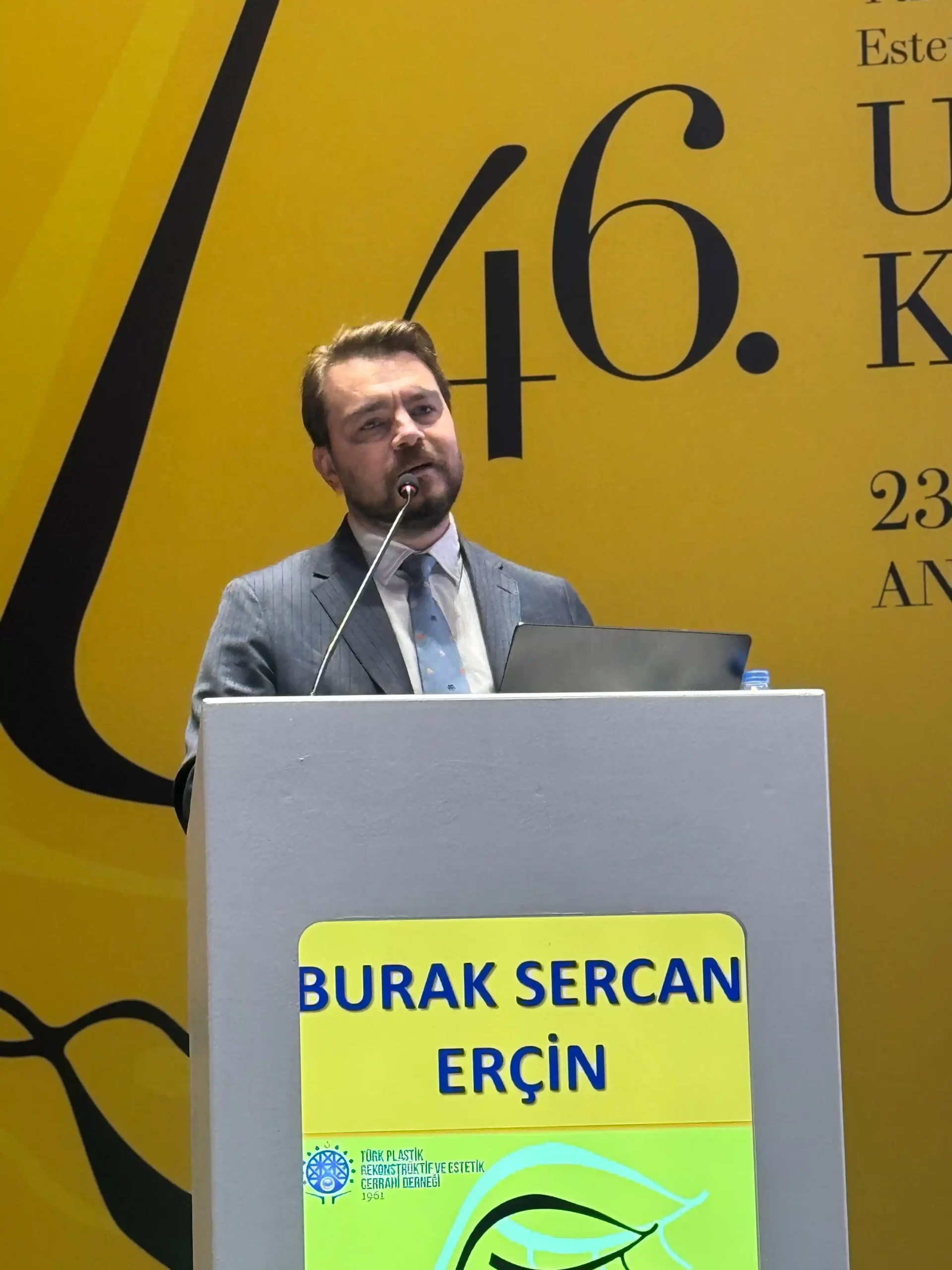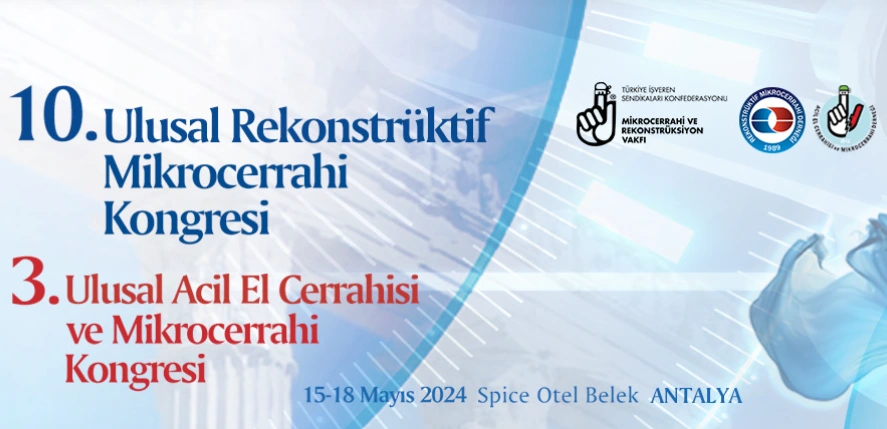After anesthesia is applied to the patient in the chin implant procedure, an incision is made inside the lip or under the chin implant so that the bone supporting the chin can be repositioned. In the process of moving the chin forward, the tip of the chin is cut off from the chin and the lower part is moved forward.
As a result of this procedure, the chin can be lengthened and its outward protrusion can be increased by cutting the chinbone and shifting the lower part forward. In the process of enlarging the chin, the patient’s own bone is used, which reduces the risks of potential complications such as infection and a change in position after surgery that may be caused by artificial implants.
If the chin is too large, the chinbone will be removed and the tip of the chin will be moved back. When the chin is repositioned, it is re-attached to the chin using small metal plates and screws.
Will there be any scars after the rasping of the chin?
It is an aesthetic intervention applied in people whose chin tip is in front of the nose when viewed from the profile. It is performed by applying general anesthesia. The tip of the chin is rasped with special medical instruments in the amount previously planned with the patient.
The operation performed in patients over 20 years of age lasts 1.5 – 2 hours. If the application is done inside the mouth, there will be no visible marks left. In the method of incision from the outer surface, there may be scars that will disappear over time or will be very little apparent. If the doctor’s recommendations are listened to during the recovery period, the probability of a scar will be very low.
From which areas are the chin implants placed in the chin?
A chin implant is one of the fairly simple and comfortable facial aesthetic operations. In this method, the implant that will be placed in the chin area is placed through a small incision made through the mouth or under the chin. After the specialist doctor has performed the necessary examinations and examinations before the chin implant, the procedures to be performed in accordance with the needs of the people are determined.
The chin implant can be performed under local anesthesia or general anesthesia. For a chin implant, it is very important to contact people who are experts and experienced in their work. Otherwise, both unwanted images and serious health problems may occur.
Do Implants Used Have Any Harm or Side Effects to the Body?
Implants used at the tip of the chin have no known side effects against the body. However, since it is a foreign material placed on the body from the outside, the reaction of the person’s body to this substance differs from person to person. Recently, after the implant is inserted into the chin, there may be a displacement of the implant, a shift.
Although rare, temporary or permanent loss of sensation in the chin area has been observed. Although it is low, as with all medical interventions, there is a risk of side effects of anesthesia, internal bleeding, infection, pain and swelling. In case of a possible negative, a corrective operation can be performed. One of the aesthetic interventions performed for the tip of the chin is the use of prosthetic screws in the area or the advancement of the bone to lengthen the structure of the short chin.
The prosthetic screws used in such cases have no harm and can be used easily for life. In addition, another option is to have a chin filler for this procedure. In order to determine the surgical intervention that needs to be performed on your chin and to choose the most correct option, the right thing to do is to consult a good specialist and make a decision.
Is Chin Aesthetics a Painful Procedure?
During the Chin Aesthetics, you will not feel pain in any way, as you will resort to any of the local anesthesia or sedation applications. However, pain may occur after implant treatment. These temporary pains pass immediately with the pain medication given by your doctor.
The pain that is felt after the operation is quite normal. You can completely get rid of the implant pain problem by using painkillers that the doctor will recommend for the treatment process. People who have had chin implant treatment say that the pain felt after the operation is similar to normal toothache. After smooth operations, you will even forget about the existence of the implant.
What Kind of Anesthesia is used for Chin Aesthetic Operations?
The approach to be chosen in chin aesthetic surgeries is determined according to the content and dimensions of the problem. It is the easiest and most effective method to provide augmentation using a chin implant in cases of limited degree of insufficiency in the foreground-background, that is, in cases where the lower chin is small and behind in profile view, it is the easiest and most effective method.
In these operations, which can be performed under local or general anesthesia, a chin implant of appropriate dimensions according to the patient’s needs is inserted through a small incision made under the chin or inside the mouth and placed in a slot prepared in the appropriate place and plan on the chinbone.
After this surgery, which lasts less than an hour, a few days of bandage application is enough, and the positive effects of surgery on the aesthetic appearance of the face are immediately apparent.
Different structures used for this purpose, shape and size of the patient’s need for implants and implant selection is made according to the preference of the surgeon in some cases, to place the implant into the patient’s own bone or cartilage tissues can be used for this purpose. In advanced and complex deformities involving several plans, it may be possible to enlarge, reduce, or correct the asymmetries of the chin by making incisions and shifts in the bone structures that make up the tip of the lower chin.
Do you have questions about chin implants and would like to ask? Call us now or write to us from the contact page. Let our specialist doctors answer your questions and we will offer the best service options for you.
Contact us now to get professional counseling from Dr. Burak Sercan regarding your next tissue repair procedure.











